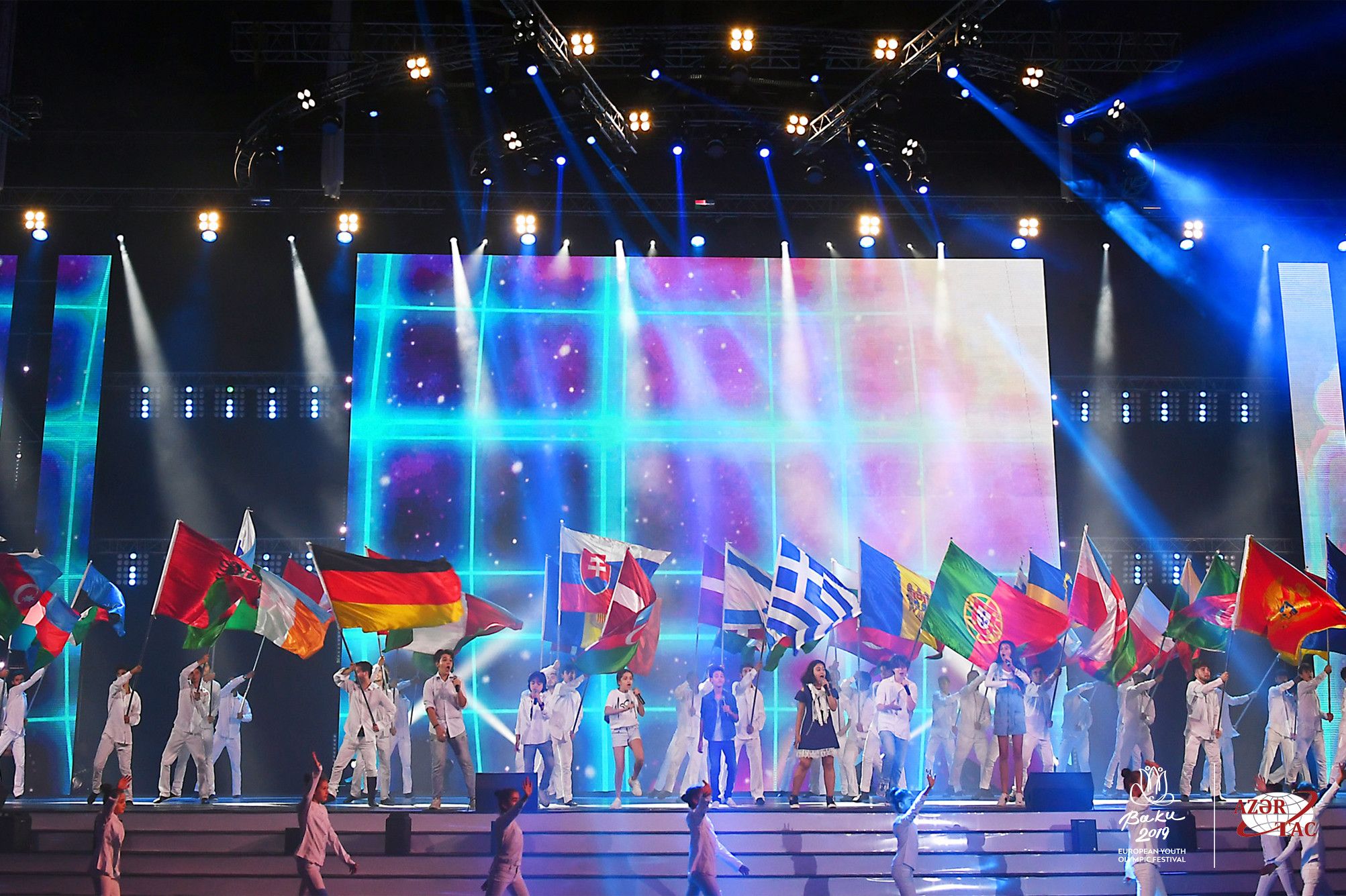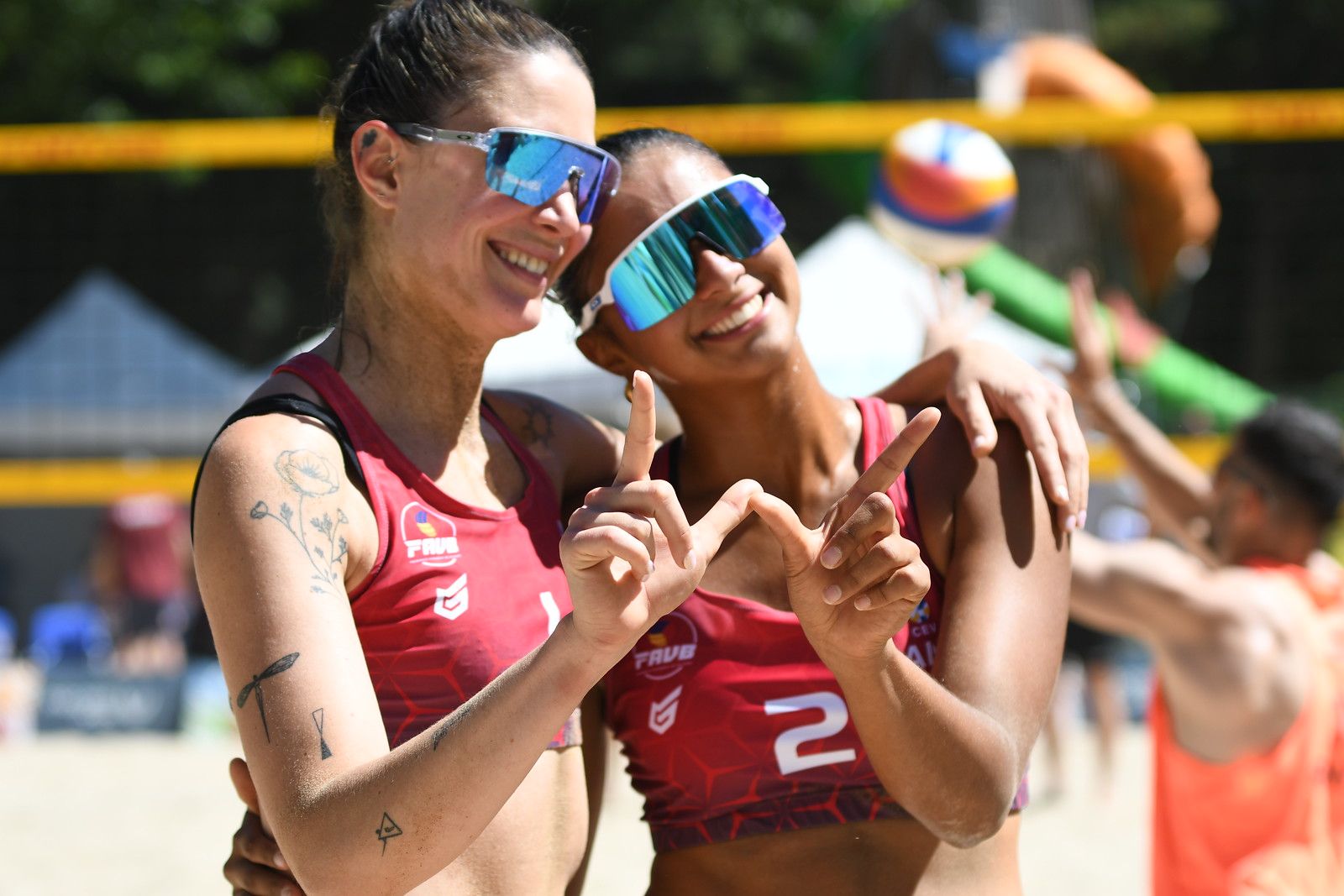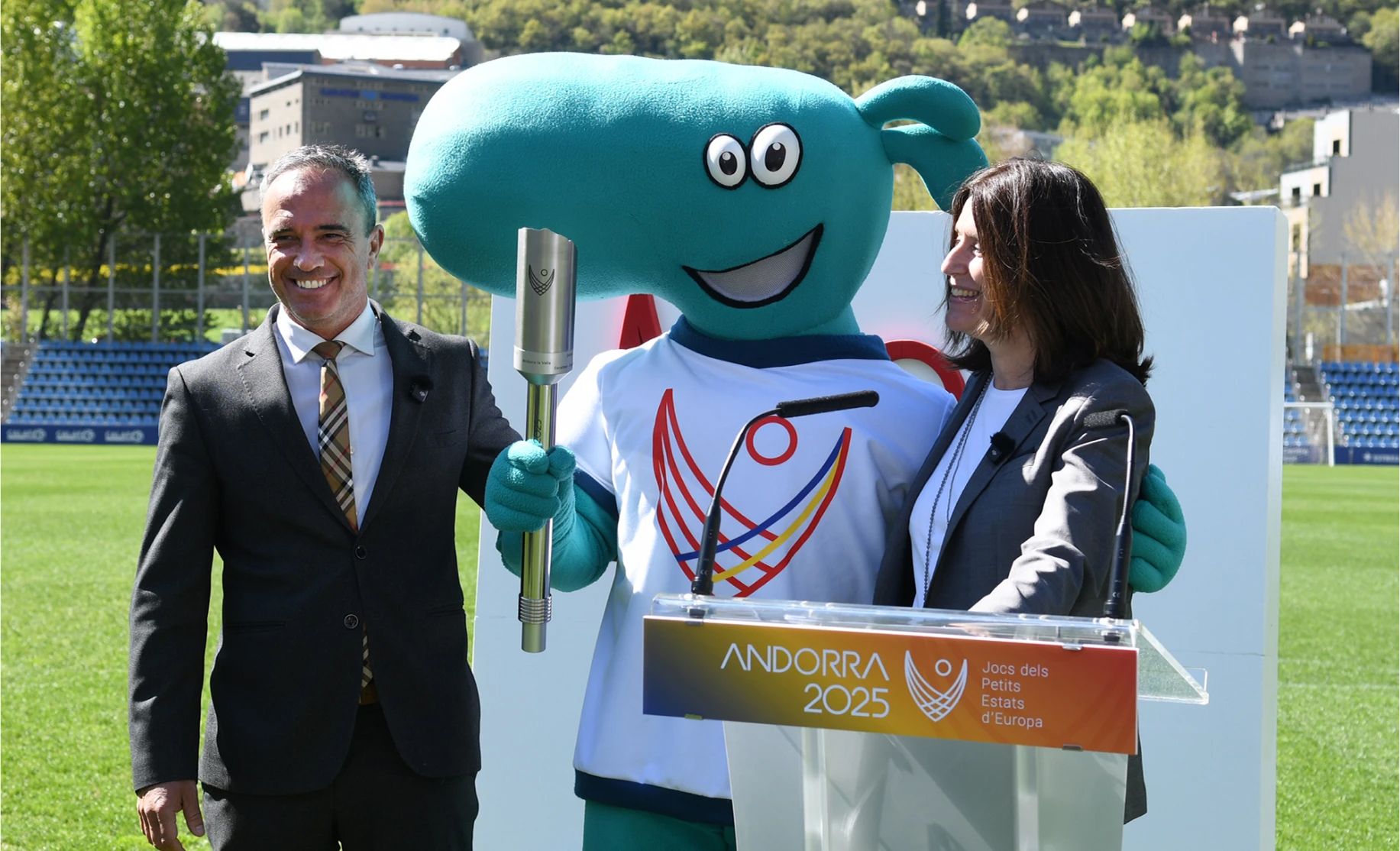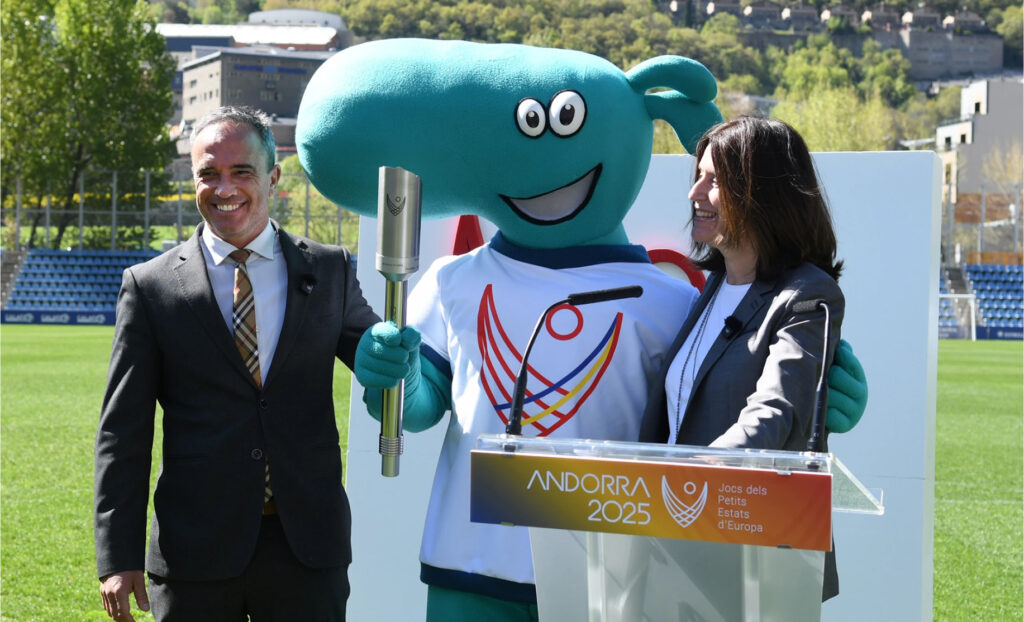What Is Olympic Day? The Day Sport Moves the World
Every year on 23rd June, Olympic Day is celebrated across the globe — and it goes far beyond sport. This day invites us to get active, connect with others, and live by the values that make the Olympic Games so unique: respect, friendship, and excellence.
But… do you really know what this day means and why it matters? Let us explain.
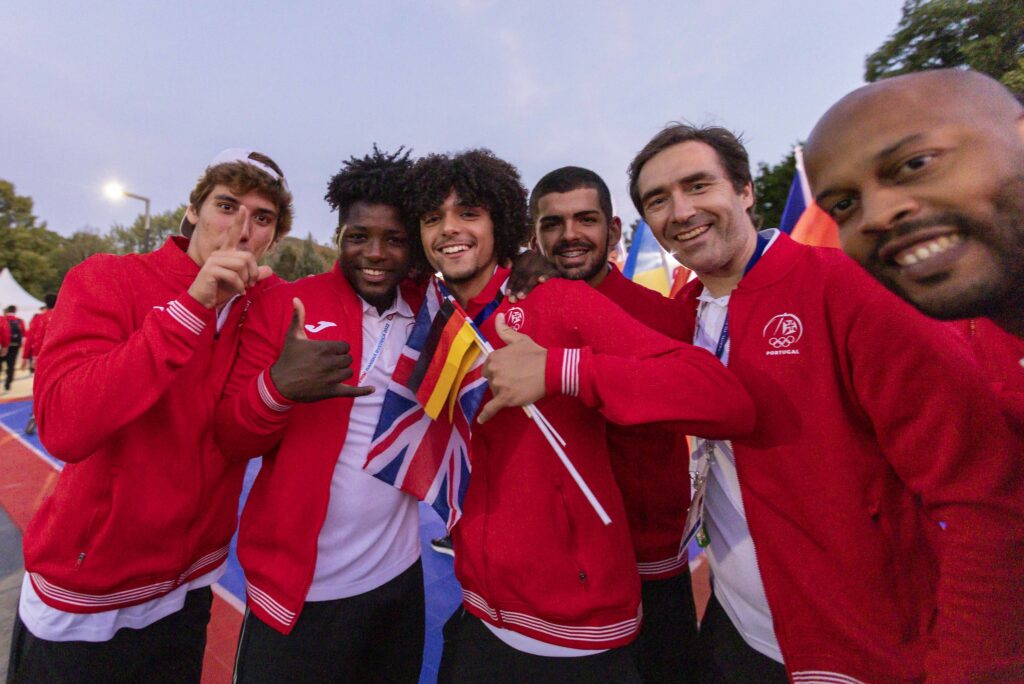
📅 What Is Olympic Day and Why Is It Celebrated?
Olympic Day marks the anniversary of the birth of the modern Olympic Games, first held in 1896 thanks to the vision of French educator Pierre de Coubertin. But it wasn’t until 1948 that the International Olympic Committee proposed creating a special day to celebrate Olympism — a day where everyone, no matter their age or background, could be part of the Olympic spirit.
Since then, more than 150 countries have joined the celebration each year, organising sporting events, cultural activities, educational workshops and fun runs known as “Olympic Day Runs”, open to the public.
🏃♀️🏀 More Than Sport: Move Your Body, Mind and Heart
Olympic Day is built on three key pillars that make it meaningful and accessible to all:
- Move 🏃♂️
Walk, run, swim, dance, play… however you like to move, get your body going. Being active improves your health, boosts your mood, and builds confidence. - Learn 📚
Explore Olympic history, learn about inspiring athletes, and discover how sport unites cultures and breaks down barriers. Learning is part of the Olympic journey. - Discover 🧩
Ever tried a new sport? Olympic Day is the perfect time to step out of your comfort zone and find something that excites you.
🎯 These three pillars are the foundation of the official Olympic Day motto: “Move, Learn, Discover.”
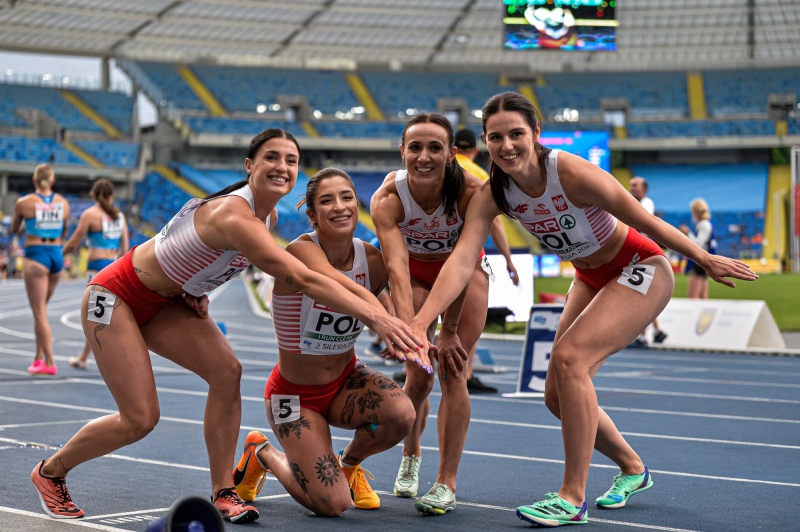
🌟 Olympic Values: A Guide for Life
Beyond medals and podiums, Olympic Day is about remembering the values that inspire athletes all over the world:
- Friendship: Connecting with others through mutual respect and teamwork.
- Respect: For yourself, for others, and for the environment.
- Excellence: Giving your personal best — not just to win, but to grow.
These values go beyond sport. They can help us become better people at school, at home, and in our communities.
🎤 What Athletes Say
For many Olympians, Olympic Day has special meaning. Some remember it as the day they first discovered the joy of sport.
🗣️ “Olympic Day showed me that sport is for everyone — not just the best. We all have a place,” said Yulimar Rojas, Olympic champion.
🗣️ “When you run alongside others without worrying about who wins, you realise sport is bigger than competition,” shared Eliud Kipchoge, one of the greatest marathon runners in history.
🙌 How Can You Take Part?
The best part? Anyone can join Olympic Day, regardless of age, experience or fitness level. Here are a few simple ways to get involved:
- 🚴♀️ Organise a mini Olympic Day run in your school, park or neighbourhood.
- 🧠 Research Olympic athletes from your country and create a poster or presentation.
- 🏸 Try out a new sport — even just for fun.
- 📱 Join the online challenge: post a video of yourself moving or share your story using the hashtag #OlympicDay.
- 🎨 Create artwork, music or dance inspired by Olympic values.
- 💬 Invite a local athlete to speak at your school or youth centre.
🌈 It’s not about how big the event is — what matters most is your willingness to take part and connect with others through sport

